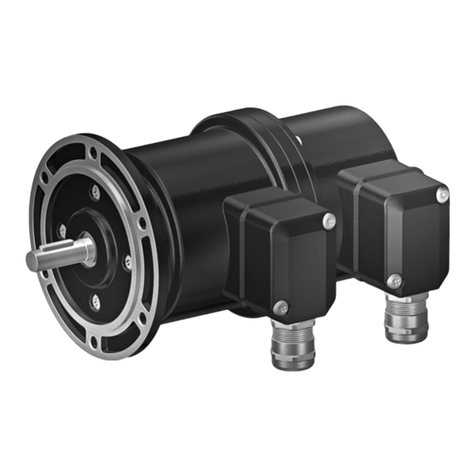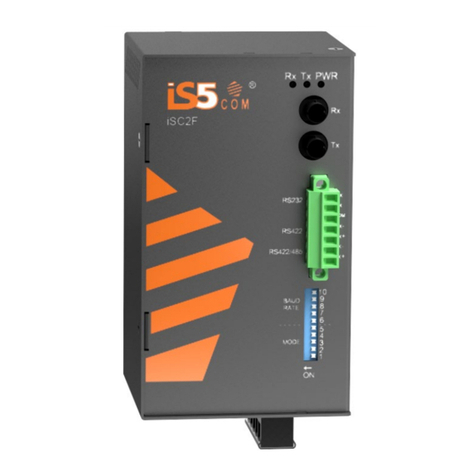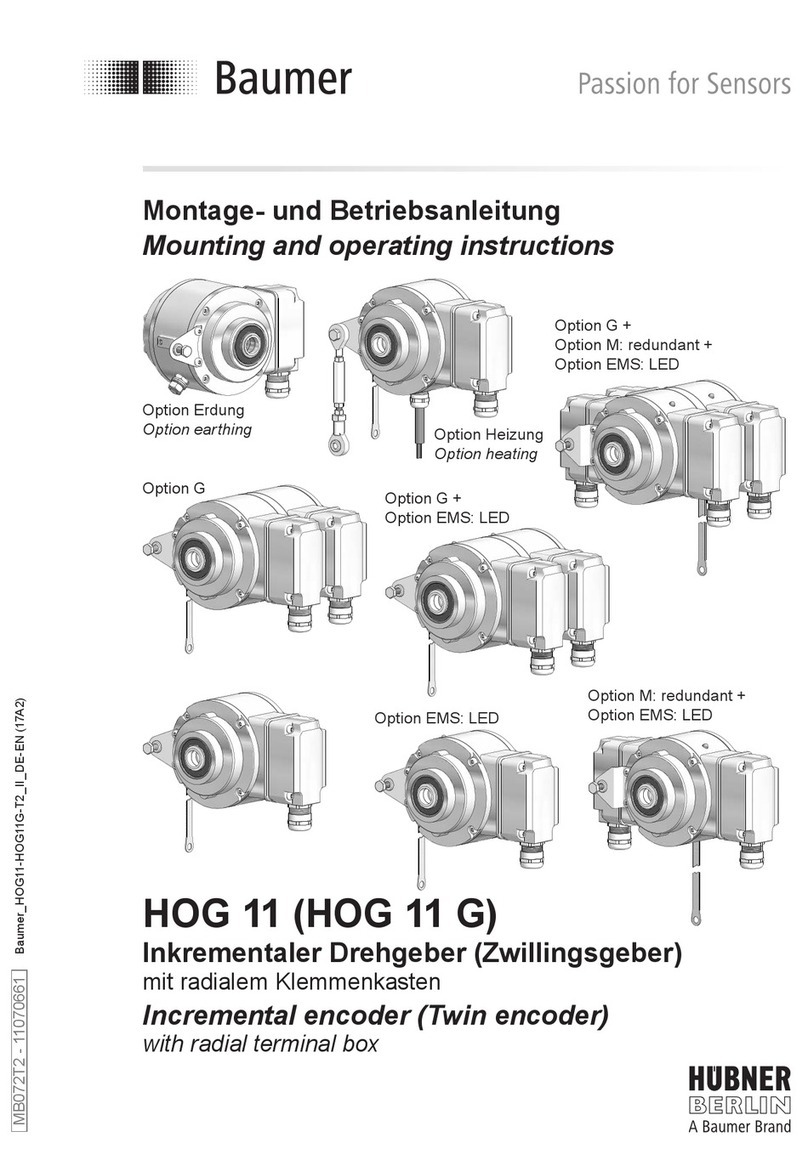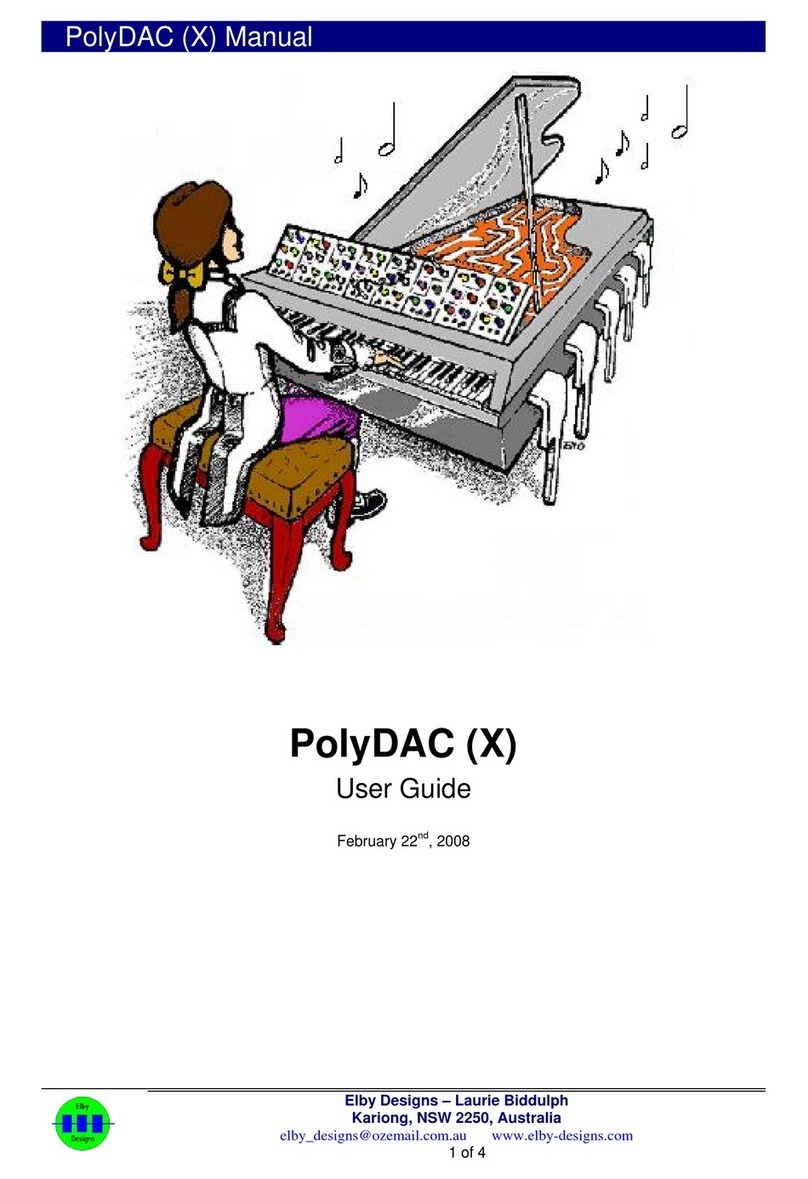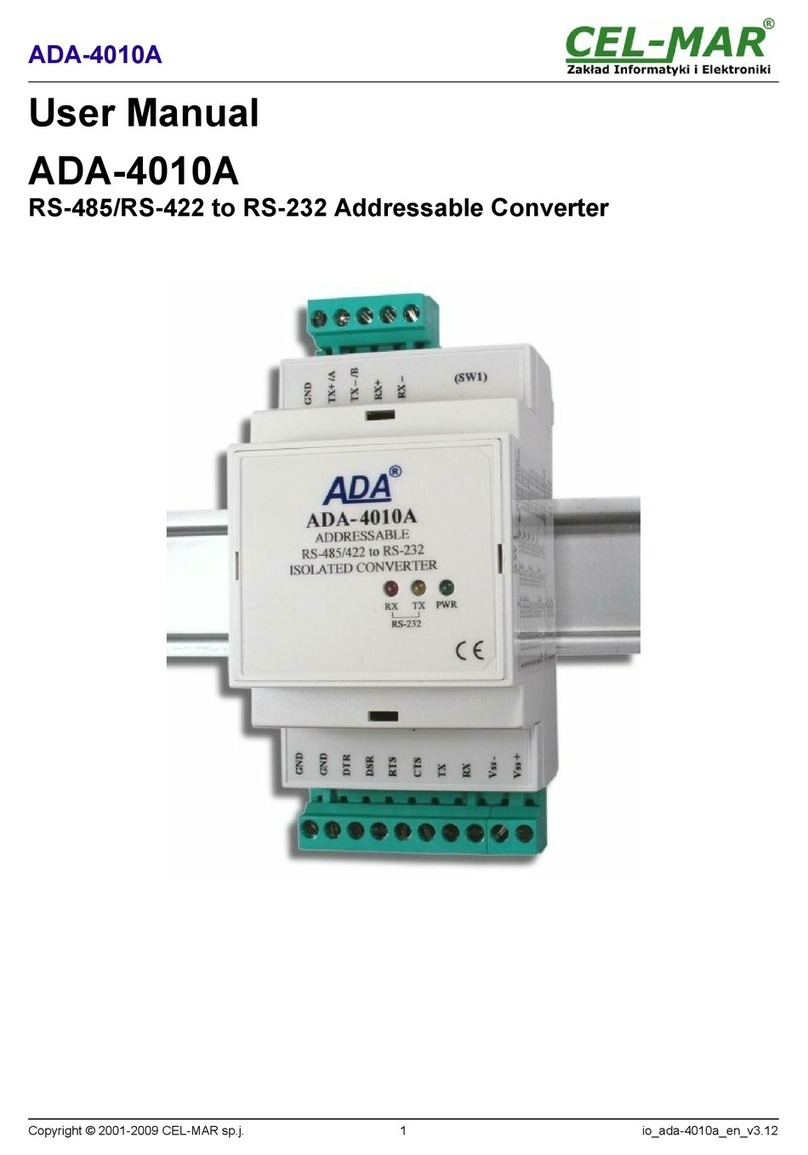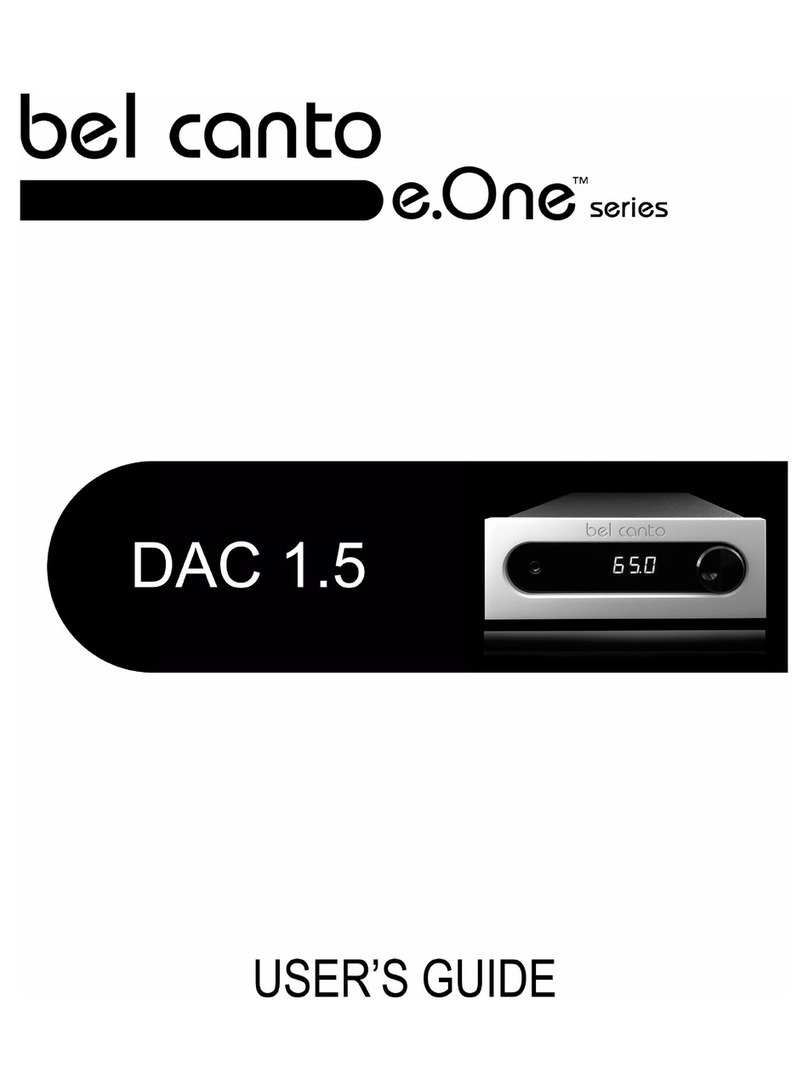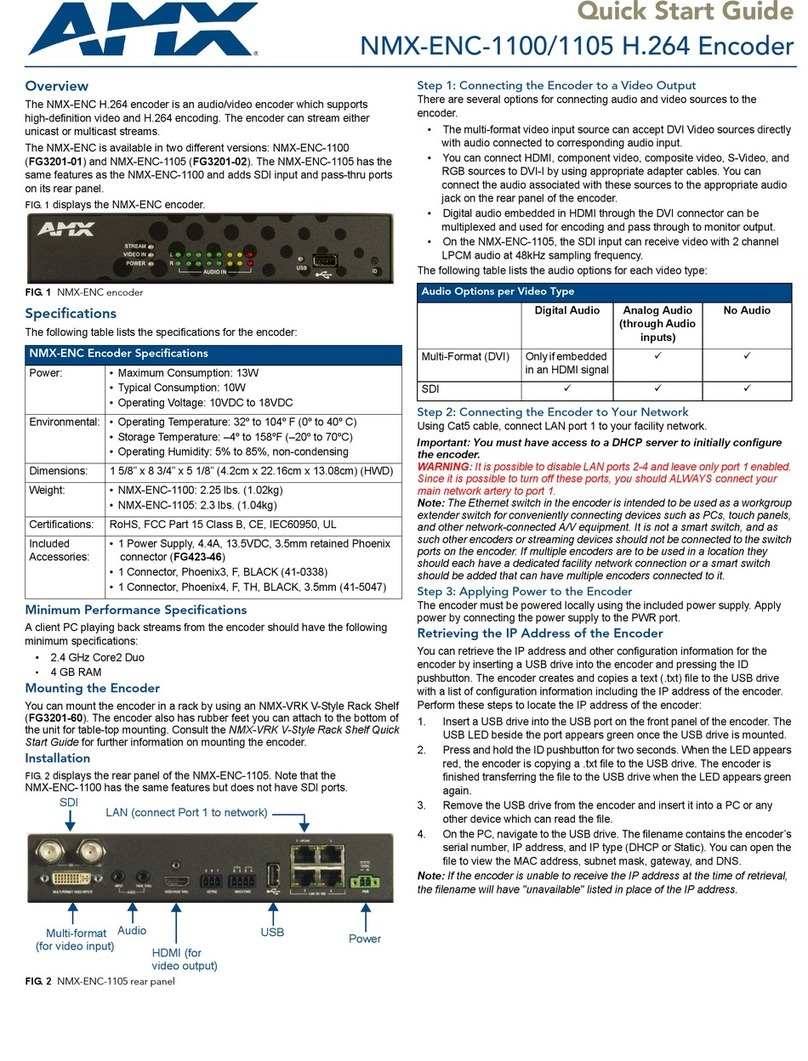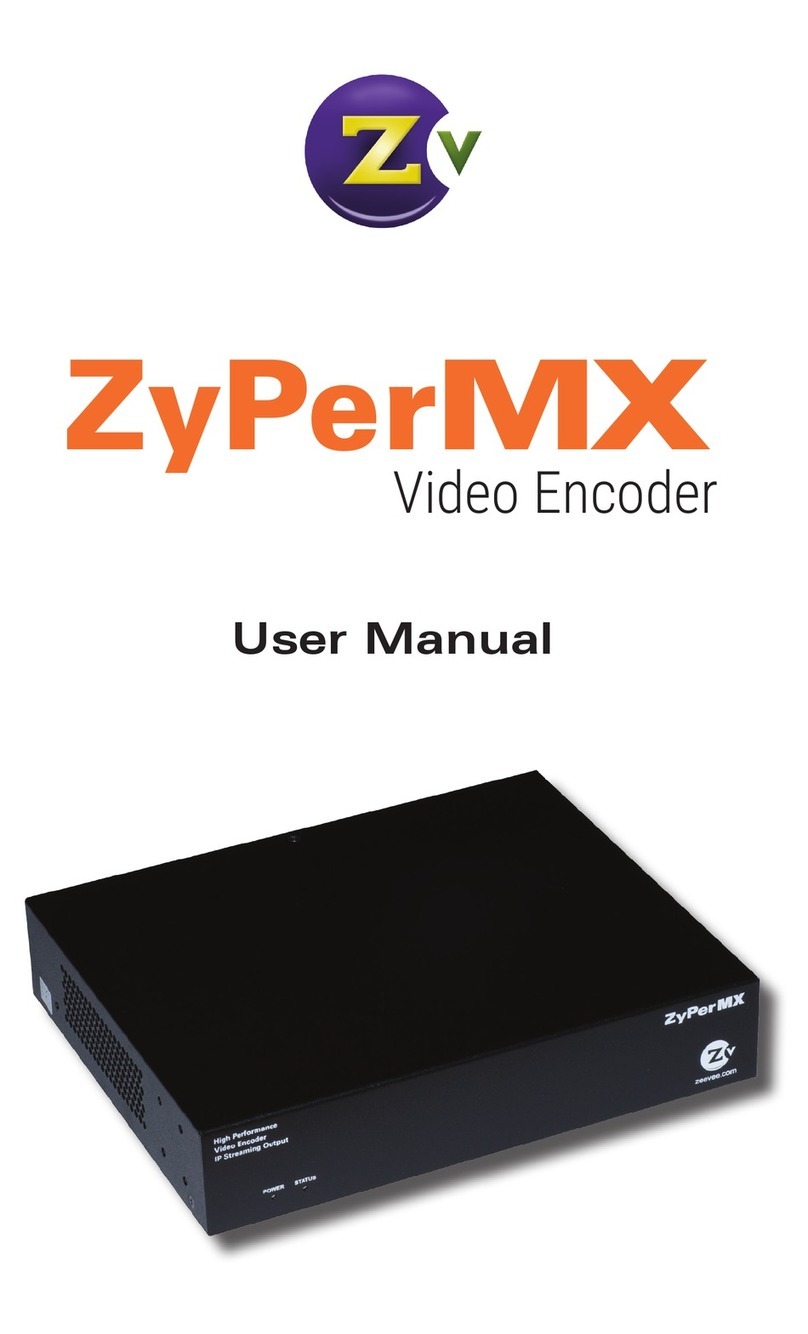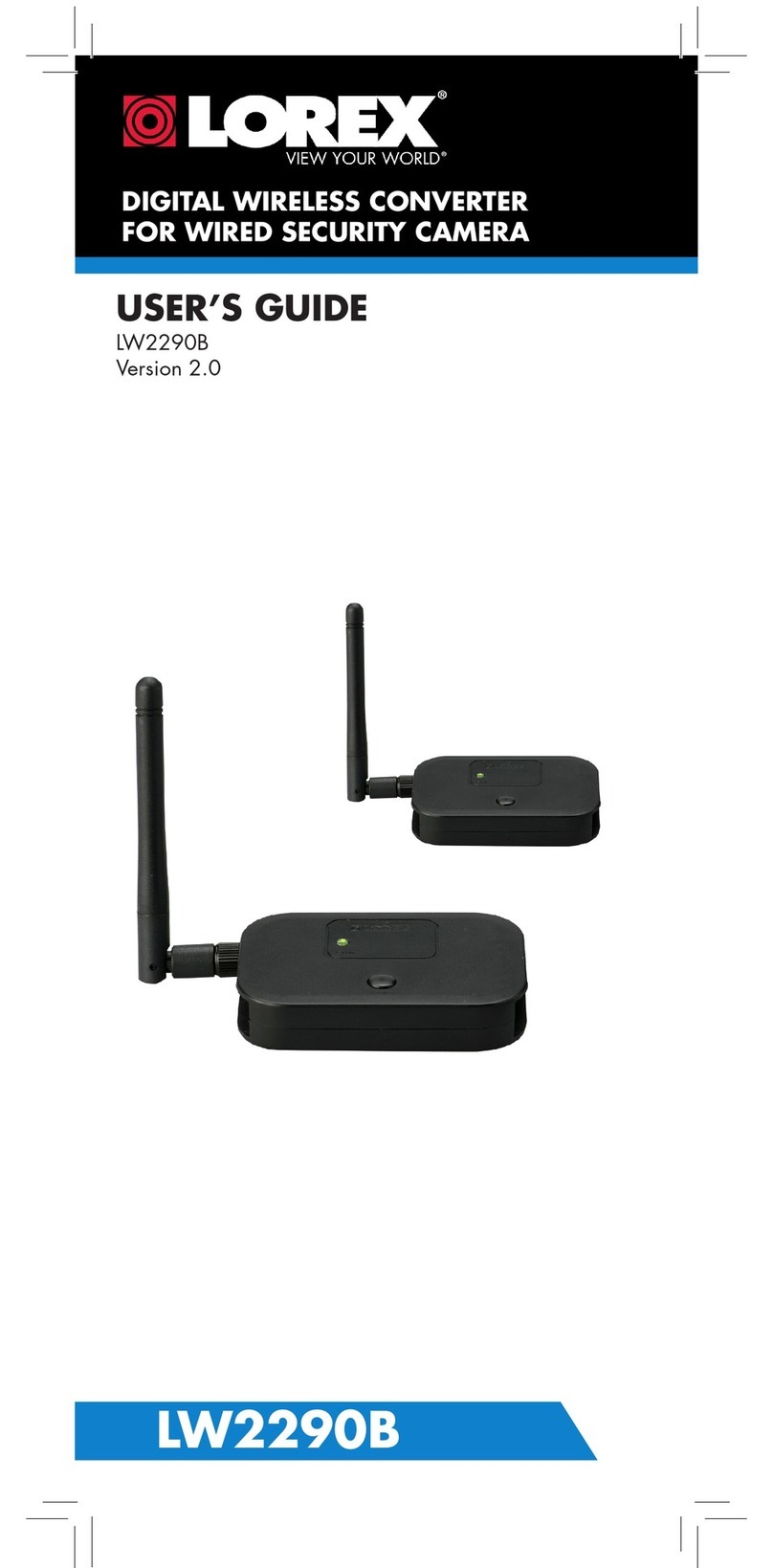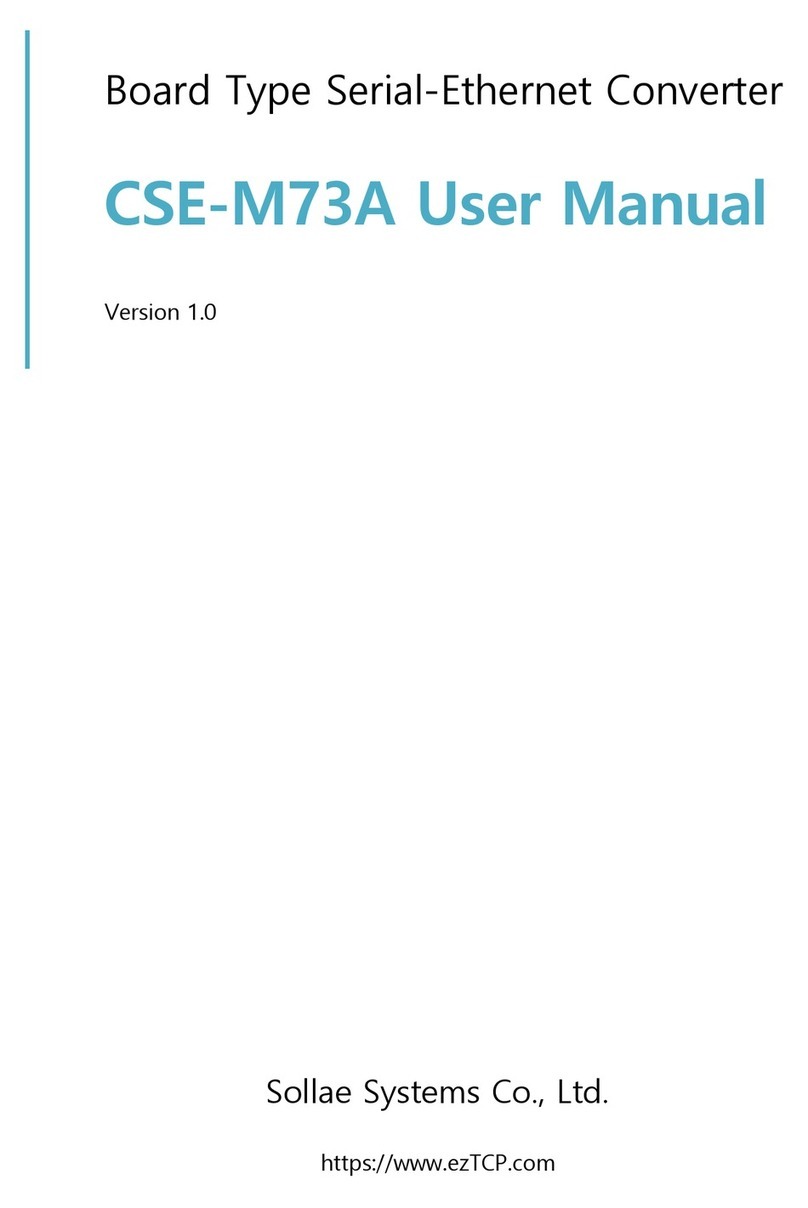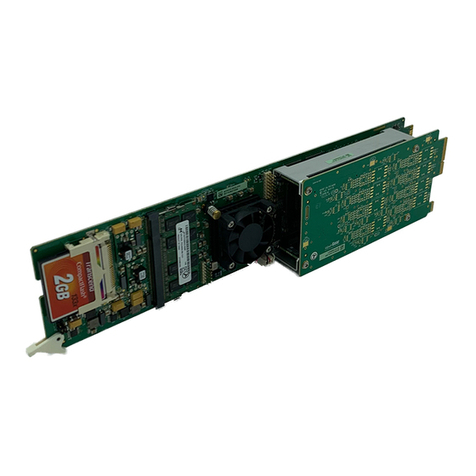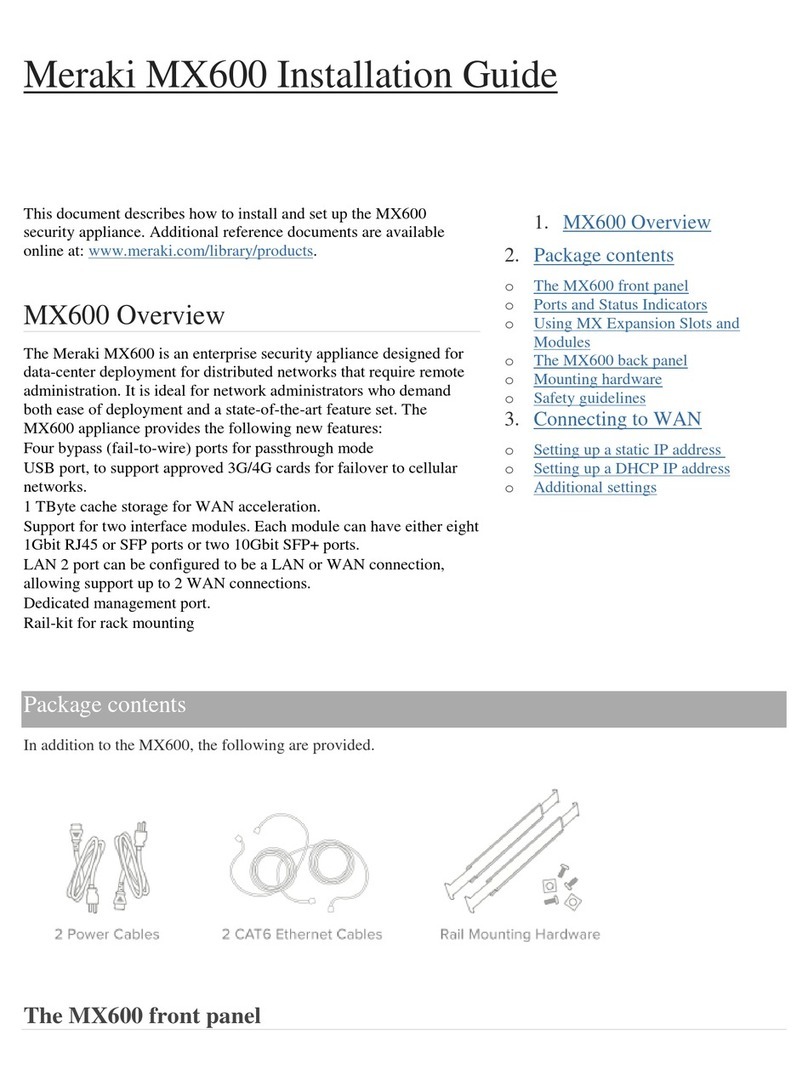
Panther Series –ED107 PolyDAC(X) MIDI-CV
Elby Designs - Laurie Biddulph
9 Follan Close, Kariong, NSW 2250, Australia
1 of 2
Construction of the ED107 requires the assembly of a 8 pcbs.
Constructors should refer to the Component Overlay and the Bill Of Materials for the current value of all
components as well as our General Construction Notes.
ED107A - Voice Board (x4)
1.Mount the 2 surface-mount devices U101 and U102
2.Fit all remaining components to the board excluding the LED D101
3.Mount the board on to the front panel and tighten all nuts,
4.Carefully form the LED legs (D401 and D504), insert them in to the pcb,
5.Align the LEDs with their panel holes and once positioned, solder in to place,
6.The module is now ready for calibration
ED107B - Column 5
1.Fit all components to the board. Note that the 2 jacks J101 & J103 will need to be 'forced' in to position
ED107C - Column 6
1.Fit all components except J101, J102 & D102
Panther Support - Column 7
1.Fit all components
Main Board
1.Mount the surface-mount device U203
2.Fit all components
Module Assembly
1.Fit the 2 MIDI Sockets to the Front Panel ensuring that a flat of the nut is parallel to the side edges of
the Front Panel
2.Insert the lens mounts in to the Front Panel
3.Mount ED107C
4.Use pieces of tinned copper wire (spent resistor legs are fine) to wire the MIDI sockets to the pcb
5.Form LED D102 and mount to the board
6.Mount the first ED107A in the VOICE 4 column
7.Mount LED D101 and solder in to place
8.Repeat for VOICE 3, VOICE 2 and then VOICE 1
9.Install ED107B and the Panther Support Board
10. Mount the Main Board ensuring that seven headers are correctly aligned
CALIBRATION
Dipswitch S101 is used to provide various options for the ED107 - PolyDAC (X). The
current assignments are as follows (using firmware V3.9 or greater) :-
Switch #1: unused
Switch #2: unused
Switch #3: unused
Switch #4: OFF = Normal operation, ON = TEST mode allowing calibration of the DAC
output.


